10th
10th
Oct, 2022
Native Communities Find Energy Independence with Renewables
Tribal communities are investing in clean energy solutions to improve their energy independence, gain control over energy decisions that affect their communities and better protect their land and the environment. Many indigenous communities have already taken on clean energy projects, and they’ve established nonprofits to spread awareness and form partnerships between nations.
19th
19th
Sep, 2022
Healthy Buildings Toolkit
Decision makers utilize the Healthy Buildings Toolkit to identify energy efficiency and indoor environment quality (IEQ) upgrades that can be funded through productivity gains and lower utility expenses. The Federal Energy Management Program and the General Services Administration developed this free resource with support from Pacific Northwest National Laboratory.
19th
19th
Sep, 2022
The Roadmap to Equity and Justice at the Department of Energy
The Department of Energy’s Equity Action Plan will help the agency create a more inclusive and diverse environment. This plan, made up of five strategic energy goals, puts equity and justice at the center of all the agency’s activities going forward.
16th
16th
Aug, 2022
DOE Finds Record Production and Job Growth in U.S. Wind Power Sector
Three recent reports from the Department of Energy (DOE) show careers in wind power are growing at a fast rate thanks to recent domestic developments in this industry. As of 2021, 120,000 people in the U.S. work in wind power. U.S. Secretary of Energy Jennifer M. Granholm believes creating new jobs in wind power is crucial to achieve President Biden’s climate and decarbonization goals.
12th
12th
May, 2022
Executive Order Establishes Net Zero Goal by 2050
On December 8th, 2021, President Biden signed a new Executive Order establishing a goal of net zero carbon emissions by 2050 for federal operations, with an incremental goal of 65% reduction by 2030. The Federal Government plans to achieve this through a series of drastic changes, including transitioning to zero-emission vehicles (ZEVs) and buildings and tackling emissions throughout the supply chain.
31st
31st
Mar, 2022
DOE Announces Clean Energy Innovator Fellowship Program to Help Build a Diverse U.S. Workforce to Decarbonize the Electricity Sector
The Clean Innovator Fellowship supports energy organizations making advancements in resilient and affordable clean energy by connecting them with new talent. This Department of Energy fellowship hopes to increase access to careers in clean energy to recent college graduates and energy professionals from diverse backgrounds.
30th
30th
Mar, 2022
New Energy Standards for Federal Buildings
The US Department of Energy on March 30, 2021, announced new energy efficiency standards for federal buildings set to take effect in 2023.
The new requirements will mandate all new federal buildings to comply with the 2021 International Energy Conservation Code (IECC) beginning April 1, 2023. Any major retrofits to existing federal buildings will also be included under the updated codes.
28th
28th
Mar, 2022
Tribes win federal funding as they enhance energy security and pursue microgrids
Indigenous communities across the U.S. developed microgrids, localized electrical grids and other sources of electricity to become more resilient and energy secure. 13 American Indian and Native Alaskan communities will receive funding from the Department of Energy to support clean-energy projects. In total, $9 million has been set aside.
14th
14th
Mar, 2022
DOE Awards $32 Million to Accelerate Next-Generation Building Upgrades
The U.S. Department of Energy set aside $32 million in funding to complete over 30 affordable housing, building retrofit projects. These projects will demonstrate new, low-carbon solutions developed by a separate 2019 DOE funding opportunity. If proven successful, these technologies and renovation techniques could influence the future of building modernization.
15th
15th
Nov, 2021
The Infrastructure Investment and Jobs Act
President Biden signed into law the nearly $1 trillion Infrastructure Investment and Jobs Act on November 15, 2021. In addition to investing in rebuilding general infrastructure, the Bipartisan Infrastructure Law allocates specific funds for improvement projects of federal facilities as well as projects on Native American lands.

